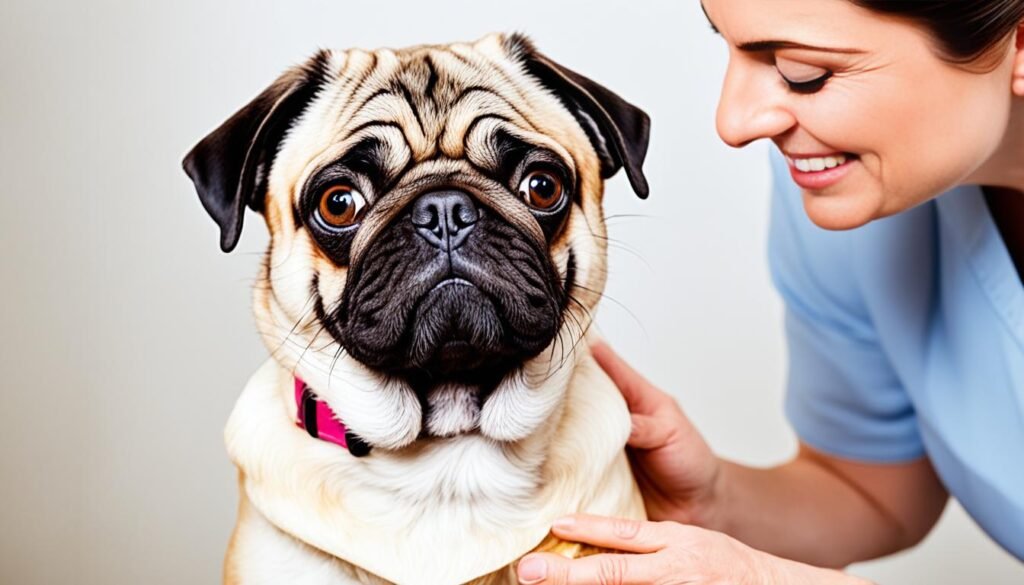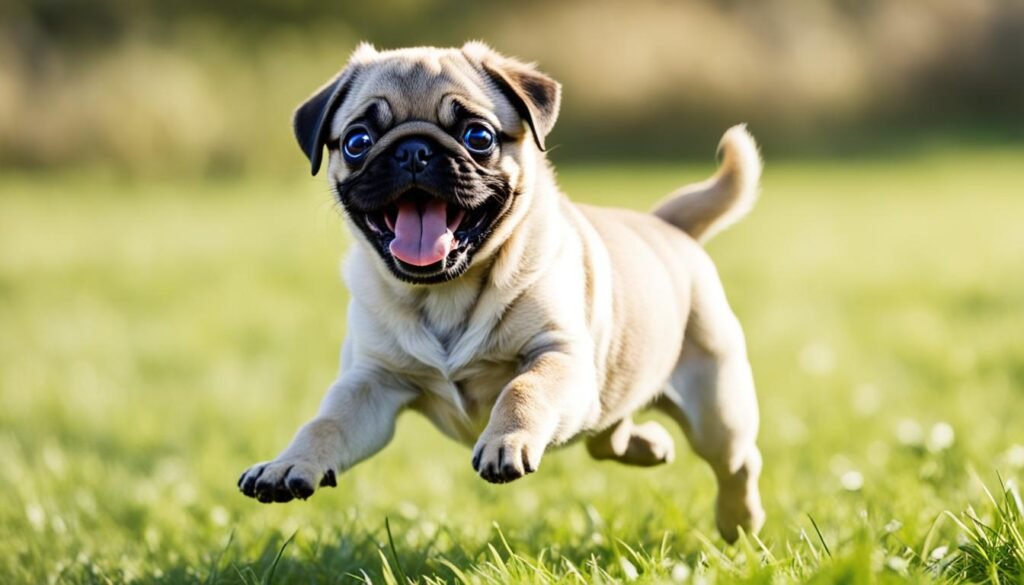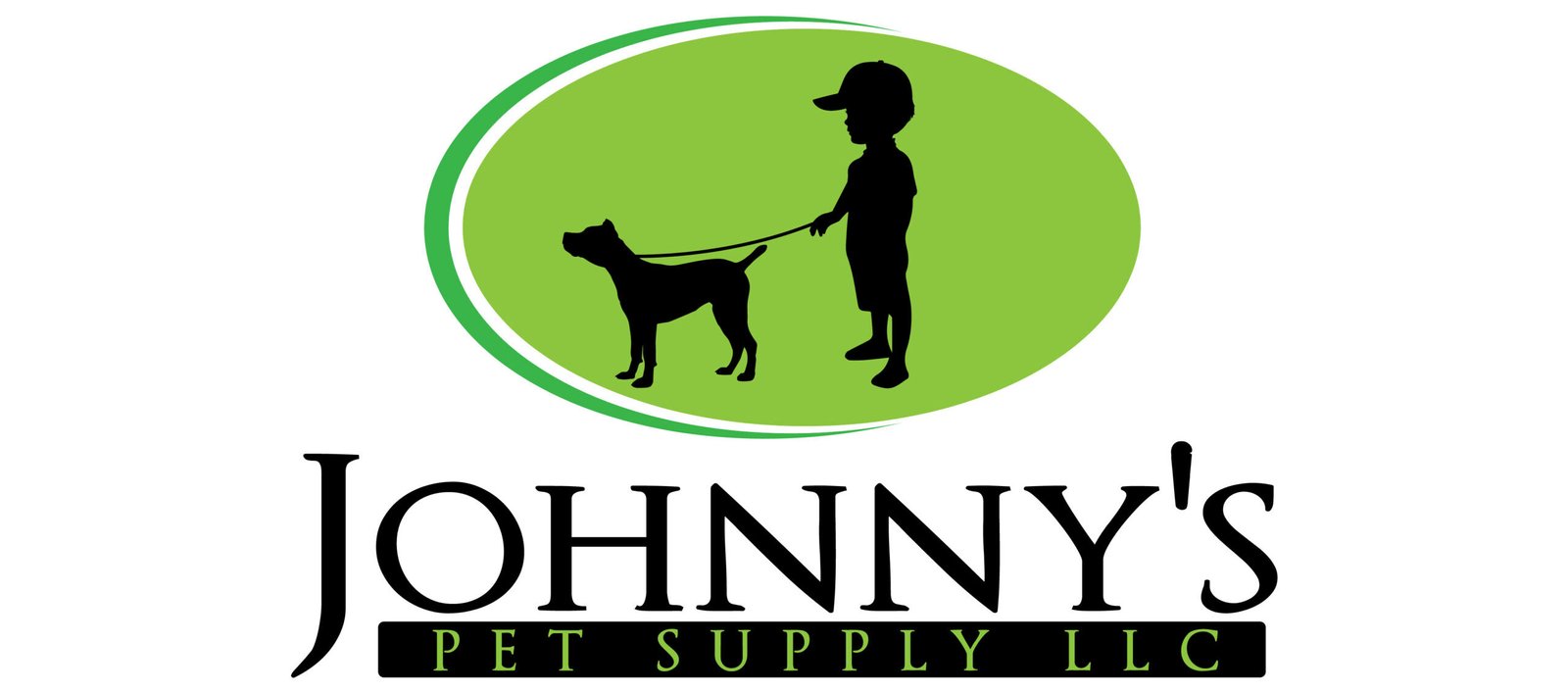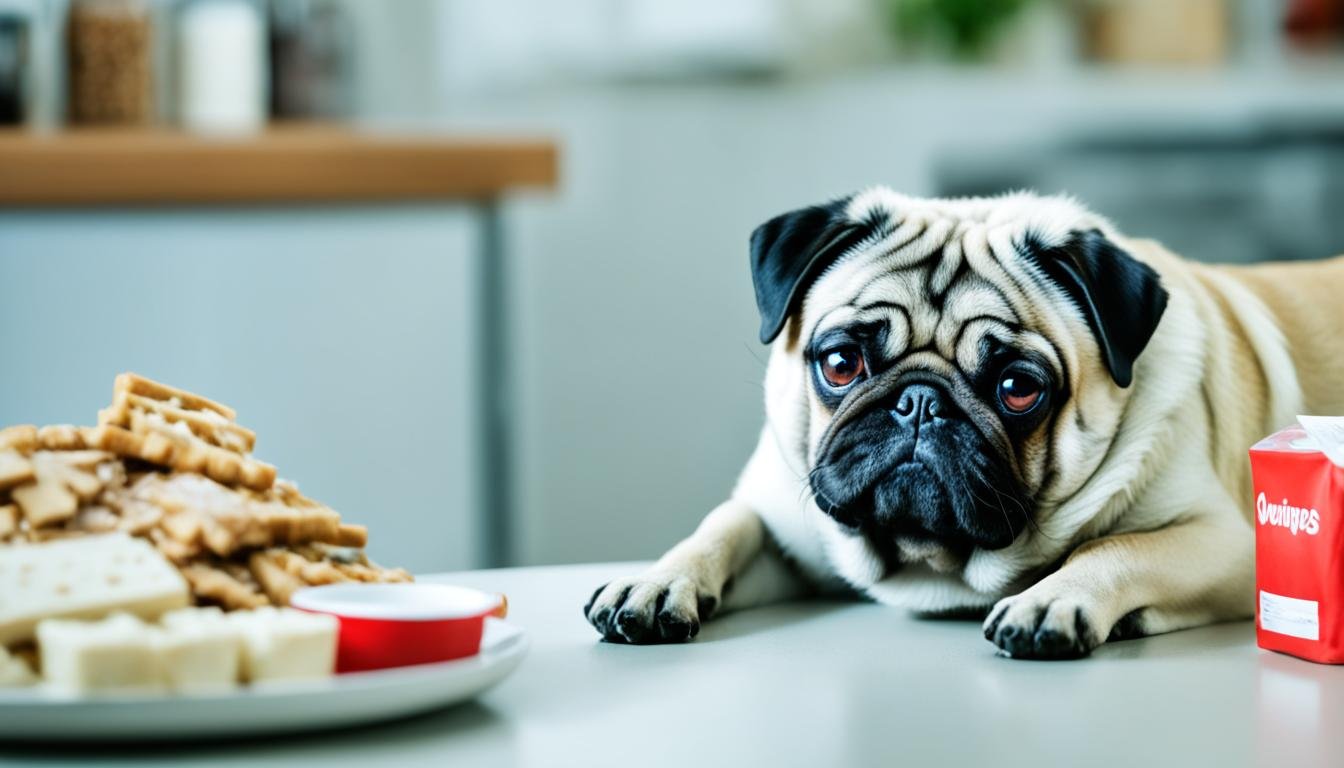The Biggest Mistakes People Make When Understanding Pug Health Issues
When it comes to pug health problems, there are several common misconceptions that people often fall prey to. These misconceptions can lead to improper care and overlooked issues, ultimately impacting the overall well-being of these adorable furry companions. In this article, we will explore some of the biggest mistakes people make when understanding pug health issues and provide valuable insights to help you ensure the best possible care for your pug.
One of the most prevalent issues faced by pugs is their brachycephalic nature, characterized by their flattened noses and respiratory difficulties. This condition, known as Brachycephalic Airway Syndrome, can result in breathing issues and increased vulnerability to respiratory infections. It is crucial for pug owners to be aware of these challenges and take appropriate measures to support their pug’s respiratory health.
Pugs are also prone to various genetic abnormalities, such as back problems and eye issues. These conditions can cause discomfort, pain, and even vision impairment for pugs if left unattended. Responsible pug ownership involves understanding these potential health risks and seeking professional veterinary care to address them effectively.
Another significant concern for pug owners is the prevalence of obesity among these lovable dogs. Due to their compact size and cute appearance, it is easy to overindulge pugs with treats and unhealthy food choices. However, excessive weight can lead to a range of health issues, including joint problems, heart disease, and decreased lifespan. By establishing a balanced nutrition and diet plan, as well as incorporating regular exercise, you can prevent obesity and promote a healthy lifestyle for your pug.
Preventive care is essential for maintaining your pug’s overall well-being. Regular check-ups, vaccinations, and proper grooming routines can help identify potential health concerns early on and provide timely intervention. By being proactive in preventive care, you can ensure that your pug remains happy, healthy, and free from avoidable health issues.
Throughout this article, we will delve deeper into these mistakes and provide you with practical guidance on how to avoid them. Remember, responsible pug ownership starts with understanding the common health issues these adorable companions may face and taking the necessary steps to prioritize their well-being. Let’s embark on a journey towards providing the best care for your pug!
Common Mistakes in Pug Care
When it comes to caring for your pug, it’s essential to be aware of the common mistakes that many owners unknowingly make. By avoiding these errors, you can ensure that your pug stays healthy, happy, and well taken care of.
Pug Wrinkle Care: One common mistake is neglecting to clean your pug’s adorable wrinkles. Pug wrinkles can accumulate dirt, moisture, and even bacteria, leading to skin irritations and infections. Regularly clean and dry your pug’s wrinkles to prevent any potential health issues.
Pug Leash Training: Another mistake is using a collar leash instead of a harness. Collar leashes can put strain on a pug’s delicate neck and trachea. Opt for a harness to ensure a more comfortable and secure walking experience for both you and your pug.
Overtraining Pugs: It’s important to remember that pugs are not as physically resilient as some other dog breeds. Overtraining can lead to excessive fatigue, stress, and even injuries. Keep training sessions short and provide plenty of rest time for your pug to avoid pushing them too hard.
Neglecting Pug’s Emotional Needs: Pugs are affectionate and social animals that thrive on human companionship. Neglecting their emotional needs can lead to feelings of anxiety and loneliness. Spend quality time with your pug, provide plenty of affection, and consider interactive toys to keep them mentally stimulated.
Not Using Leash for Pugs: Allowing your pug to run freely without a leash can be dangerous. Pugs can easily get into trouble or even go missing if left unsupervised. Always use a leash when walking your pug to keep them safe and under control.
Hydration for Pugs: Pugs are prone to overheating and respiratory issues, so it’s crucial to keep them well-hydrated, especially during hot weather or exercise. Ensure your pug has access to fresh water at all times and monitor their hydration levels closely.
Maintaining a Clean Environment for Pugs: Pugs are naturally messy dogs, and their living environment can quickly become chaotic. However, allowing a messy environment can lead to hygiene problems and potential health issues. Regularly clean your pug’s living areas to maintain a healthy and comfortable living space for them.
By avoiding these common mistakes in pug care, you can provide your furry friend with the love, care, and attention they deserve.

Pug Puppies and Training Challenges
Pug puppies are known for their adorable looks and playful nature. However, their energy levels can be quite high, which means they require proper training and attention to ensure they grow into well-behaved and happy adult dogs. Pug puppy training is essential to establish good behavior and prevent any challenges in the future.
One of the common challenges in pug puppy training is house training. Pugs are known to have a stubborn streak, which can make them resistant to following commands or learning where to eliminate waste. This can result in accidents inside the house. To overcome this challenge, it’s important to be patient and consistent in your training efforts. Use positive reinforcement techniques and reward your pug puppy when they eliminate outside to reinforce the desired behavior.
Pugs also have their fair share of quirks and sensitivities, which can add complexity to their training. They are naturally nosy and tactile, which means they like to explore their surroundings and touch everything with their paws. While this can be endearing, it can also be challenging when trying to teach them certain commands. It’s important to manage their quirks while training by redirecting their attention and using consistent commands to guide their behavior.
Contrary to popular misconceptions, pugs are actually quite smart and possess a high level of intelligence. They may not excel in obedience trials like some other breeds, but they are capable of learning commands and tricks with proper training methods. Pug puppy training should focus on positive reinforcement techniques that reward their smartness and reinforce desired behaviors.
In addition to training, pug puppies require regular exercise to channel their energy in a positive way. This helps prevent destructive behaviors that may arise from excess energy levels. Make sure to engage in daily play sessions, walks, and interactive toys to keep your pug puppy active and mentally stimulated. A tired puppy is generally a well-behaved puppy.

Overall, pug puppies can present some training challenges due to their high energy levels and unique quirks. However, with patience, consistency, and positive reinforcement, you can successfully train your pug puppy and manage their sensitivities. Remember to provide them with regular exercise to maintain a healthy weight and energy level. By investing in proper pug puppy training, you can set the foundation for a loving and well-behaved companion for years to come.
Pug Quirks and Behaviour
Pugs are known for their unique and adorable quirks. These distinctive behaviors make them even more lovable and entertaining companions. Understanding and embracing these quirks will help you better care for your Pug and create a strong bond with them.
One of the peculiar behaviors of Pugs is their affinity for using their paws to interact with the world around them. Whether it’s playfully tapping your leg to get attention or using their paws to explore objects, their tactile sensations are integral to their communication.
Resource guarding is another behavior that some Pugs may exhibit. This is when your Pug becomes possessive over toys, food, or even their favorite spot on the couch. It’s important to address this behavior through proper training and enforce positive reinforcement techniques to ensure a harmonious home environment.
Pugs are known for their expressive vocalizations. They have a wide range of sounds they use to communicate, including barks, grunts, and even snorts. These adorable vocalizations are their way of expressing themselves and can provide a lot of insight into their emotions and needs.
Another quirk of Pugs is their tendency to explore and surf tables. Pugs are naturally curious creatures and will try to investigate anything that catches their attention, even if it means jumping onto tables or countertops. Ensure that hazardous items or substances are kept out of reach to prevent accidents and maintain a safe environment.
Safety concerns should also be taken into account when it comes to owning a Pug. Pugs have a high capacity for bodily excretions, which means they may require more frequent bathroom breaks. Additionally, they can be prone to eating non-edible objects, so it’s crucial to keep a watchful eye on them and provide a safe living space.
Lastly, some Pugs may snore due to their unique facial structure. While it may be charming, snoring can sometimes be an indication of respiratory issues. Therefore, it’s essential to monitor their breathing and consult with a veterinarian if any concerns arise.

Embracing the quirks and behaviors of your Pug will not only enhance your understanding of their needs but also strengthen the bond you share. By providing the right care and training, you can help your Pug thrive and lead a happy, fulfilling life.
Pug Health and Grooming
When it comes to keeping your pug healthy and happy, regular grooming is crucial. Pugs are known for their adorable wrinkles, but those adorable folds require regular care to prevent infections and keep your pug’s skin healthy. Pug Wrinkle Cleaning should be a part of your regular grooming routine.
Pugs have a short, double coat that sheds moderately throughout the year. To manage Pug Shedding, regular brushing is necessary. This not only helps control shedding but also keeps their coat healthy and prevents matting. Choose a brush that is suitable for their coat type and brush your pug at least once a week.
Dental care is another important aspect of Pug Health Maintenance. Pugs are prone to dental issues such as gum disease and tooth decay. Incorporate Pug Dental Care into their routine by regularly brushing their teeth with a dog-friendly toothpaste and providing dental chews or toys to help keep their teeth clean and strong.
Proper nutrition and diet play a significant role in maintaining your pug’s overall well-being. Consult with your veterinarian to determine the best diet plan for your pug. Obesity-related issues can be a concern for pugs, so it’s important to watch their weight and feed them a balanced diet to prevent health problems.
Additionally, Pug Eye Care is essential to prevent eye problems that pugs are prone to. Clean their eyes regularly to remove any discharge or debris, and be mindful of signs such as redness, excessive tearing, or squinting, which may indicate an underlying issue.
Remember, regular veterinary check-ups and preventive care are vital for your pug’s health. Schedule routine visits to the vet to ensure their vaccinations are up to date and to address any health concerns promptly.
Pug House Training Challenges and Maintenance
Pugs are adorable and lovable companions, but when it comes to house training, they can pose some unique challenges. Pug house training struggles are not uncommon, and many owners find themselves facing difficulties in this area.
One of the biggest hurdles in pug house training is their excretion habits. Unlike some other dog breeds, pugs may not have a consistent way of indicating that they need to go outside. They may not bark, scratch at the door, or give any clear signals. This means that it’s crucial for pug owners to be proactive and establish a consistent routine for bathroom breaks.
Regular bathroom breaks are essential for pugs. Due to their smaller size and bladder capacity, they cannot hold their urine and stool for extended periods. It’s recommended to let them out every few hours, especially after meals or naps. This regular schedule will help them develop good habits and prevent accidents inside the house.
Overcoming pug house training challenges requires patience, consistency, and understanding. Punishing your pug for accidents is not effective and can create behavioral problems. Positive reinforcement techniques, such as rewards and praise, work much better in encouraging desired behavior. Be consistent with your training methods and always reinforce good habits.
When accidents do happen, proper cleaning techniques are crucial for maintaining a clean and odor-free home. Pug accidents can leave behind strong smells and stains, which can be challenging to remove. Start by soaking up the moisture with paper towels or a clean cloth, then apply an enzymatic cleaner specifically designed for pet accidents. These cleaners break down organic matter and neutralize odors effectively.
Ensuring a clean environment is not only important for hygiene but also for preventing your pug from repeating the same accidents in the same spots. Pugs have a keen sense of smell, and if they detect even a trace of their own excrement, they may be more likely to go again in the same area.
By understanding pug excretion habits, providing regular bathroom breaks, overcoming training challenges, and using proper cleaning techniques, you can successfully house train your pug and maintain a clean living space.
Considerations for Pug Ownership
When considering pug ownership, it’s essential to understand the temperament of these adorable companions. Each pug has a unique personality, with some being more laid-back and others more lively. Being aware of their varying energy levels and intelligence can help you find a pug that fits your lifestyle.
To ensure the well-being of your pug, regular exercise is a must. Pugs are prone to weight gain, so daily walks or playtime in a secure area are important to keep them in shape. Additionally, socialization is crucial for pugs to thrive. Introduce them to new environments, people, and animals to prevent shyness or anxiety.
Knowing the average lifespan, size, and weight of pugs is also vital. Pugs typically live for 12 to 15 years, so be prepared for a long-term commitment. In terms of size, they are small but sturdy, weighing between 14 and 18 pounds. Understanding these physical attributes will help you provide the appropriate care and meet their specific needs.
Establishing a daily routine is key to ensuring a happy and healthy life for your pug. They thrive on structure, so plan regular feeding times, exercise sessions, and playtime. Creating a loving and attentive environment is crucial, as pugs are social creatures who crave human companionship. With the right care and attention, pugs can bring years of joy and companionship to your life.

